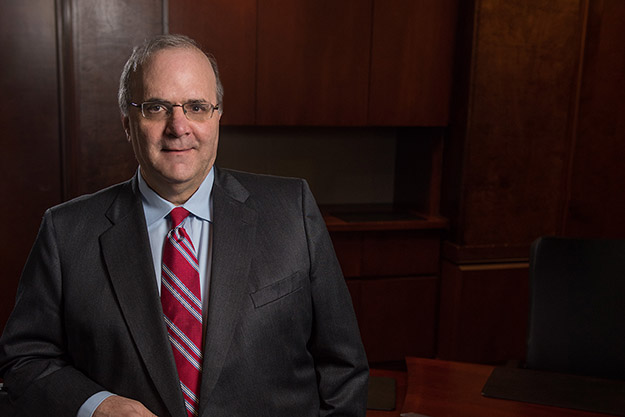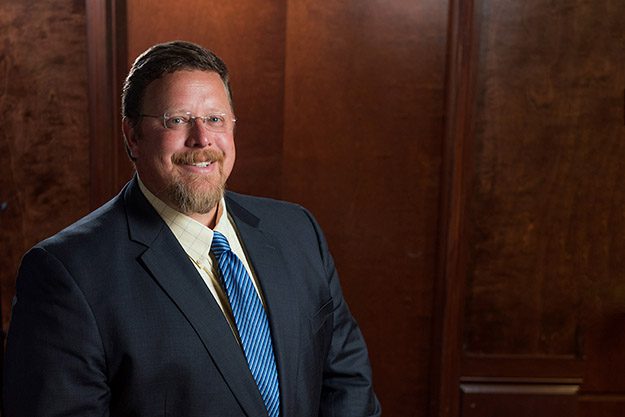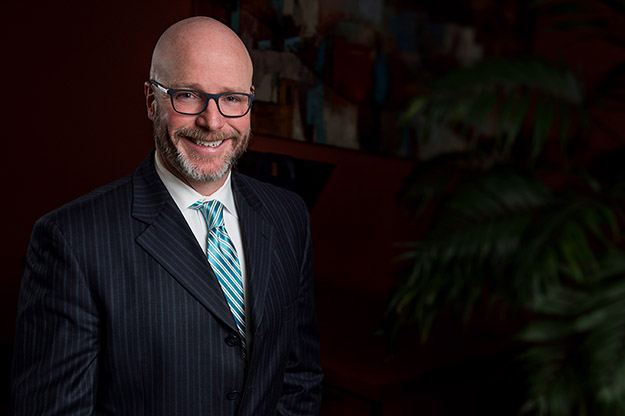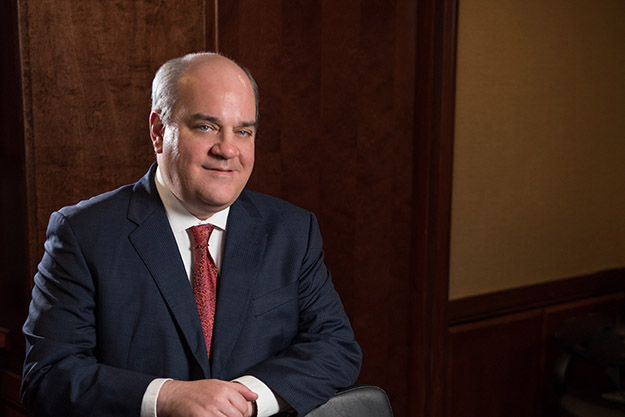Article
Resources
Article
Coronavirus Aid, Relief, and Economic Security Act ("CARES Act"): Summary of Small Business Loan Provisions

Both houses of the United States Congress have now passed the CARES Act and sent it to the President for his expected signature. Among the provisions in the 880-page Act are critical ones dealing with aid to small businesses, sole proprietors, and independent contractors.
The focus of this communication is the provisions under Division A, Title I of the Act relating to the small business relief provisions that added the Paycheck Protection Program to the Section 7(a) loan program of the Small Business Administration. The below Q&A summary reflects some of our most frequently received questions.
Q1. So, what was the purpose of these relief provisions?
Congress was intending to assist small businesses, defined as those with fewer than 500 employees (or otherwise meeting the SBA size standard for its business classification which could be higher than 500 employees), with a way to keep their employees on the payroll to get through the COVID-19 crisis. The concept was to provide funds for these businesses in the form of Section 7(a) Small Business Administration loans, with certain parameters and rules that would permit businesses to not have to pay back these loans if they kept all or most all of their payroll intact through the crisis.
Q2. I have less than 500 employees. Are you telling me I can get a loan from the government I need not repay?
Yes, provided you comply with the requirements for loan forgiveness.
Q3. How much of a loan could I get?
First, you must be a business (including a qualifying nonprofit) with an employee headcount lower than the greater of (i) 500 employees or (ii) the employee size standard under the applicable SBA size standards categorized under the NAICS codes. If you own more than one business, you must aggregate the businesses under common control, unless you are in the hospitality and restaurant businesses and franchises. If you are in the hospitality or restaurant business, your qualification could be on a location by location basis as to employees. Second, you must have been in business on February 15, 2020. If you meet those requirements, then the amount you could get is a function of your average monthly payroll for certain periods, times 250 percent, up to a maximum of $10,000,000.
Q4. Average monthly payroll for when?
Assuming you were open for business on February 15, 2019, then your average monthly payroll (including most benefits) is determined for the 1-year period before the date on which the loan is made to you. If you were not open on February 15, 2019, then you compute your average monthly payroll for the period January 1, 2020 through February 29, 2020.
Q5. But it's a loan. I have too much debt already. How does that help?
Because if you spend the loan proceeds on certain business items and maintain approximately the same level of employment during the 8-week period beginning on the date of the loan, you may not have to pay any of it back.
Q6. Free money? Right….
Yes. Go back to Q1 above. This is the explicit intent of this CARES Act provision--to assist small businesses, and encourage them, to maintain employment of their employees during this crisis.
Q7. Ok, so what “certain business items” must the loan proceeds be used for?
During the 8-week period beginning when the loan is made, the small business may pay expenses that include (i) payroll costs including most benefits (but not portions of salary or wages in excess of $100,000 annualized); (ii) group health benefits and insurance premiums; (iii) payments of interest on mortgage obligations; (iv) rent; (v) utilities; and (vi) interest on debt obligations incurred before the new loan.
Q8. Sounds like most of business costs. What about other costs?
The list above are the only costs that can be paid from the loan forgiveness provisions. So the loan forgiveness amount is dependent upon the amount of those costs paid over the 8-week period.
Q9. So is that it? If I spend only on those items I need not pay this back?
No, there are other requirements because the motivation for Congress making these “loans” is to keep employees on your payroll. So to the extent your headcount payroll drops during the 8-week period from what it was during a measuring period, you would not be permitted to have forgiveness to that extent. For example, if your payroll dropped by 20 percent during the 8-week period from the measuring period, you likely would not be eligible to have 20 percent of your loan forgiven. And not only does your headcount need to stay the same, you can't reduce the compensation of your employees during the 8-week period in excess of about 25 percent, or more of the loan would not qualify for loan forgiveness. There is a complicated formula.
Q10. This is getting complicated. Is it worth it for me to do this?
Only you can make that determination. We are happy to assist you with that process to see if you would benefit. We expect most small businesses would find this program to be beneficial to assist them in riding out this storm.
Q11. Like other SBA loans, I suppose I would have to personally guarantee this loan and put up all my business assets?
No. These loans require no personal guarantee, or collateral, and are all nonrecourse and are without fees. Congress wanted this program to be attractive to small businesses.
Q12. Are there additional criteria needing to be met in order for my business to be eligible for a 7(a) loan?
The application process is intended to be streamlined compared to the regular SBA Section 7(a) loan process. The Act requires you to certify that you are applying for the loan because the uncertainty of current economic conditions makes it necessary for the loan request to support the ongoing operations of your business. In addition, you must acknowledge the funds will be used to retain workers and maintain payroll or make mortgage payments, lease payments, and utility payments. The lender will require documentation when the loan request is made as to the criteria summarized here, and if you ask for loan forgiveness you can expect to have to document the appropriate use of the loaned funds.
Q13. When can I get my money? Is the IRS going to disburse these funds?
No, like any other SBA loan, the loan servicers (primarily banks) will be the ones soliciting the applications and making the determination whether you qualify. Government officials have said their goal will be for the application process to start shortly, and they hope funds can get disbursed in about three weeks. Expect the demand for these loans to be overwhelming at first, but the goal of Congress is for the SBA to get these funds out as soon as possible.
Q14. I'm a sole proprietorship. Any chance I may qualify for these loans?
Yes. The Act includes sole proprietorships, independent contractors, and other eligible self-employed individuals.
Q15. I just got a SBA Section 7(a) loan earlier this year. Do I get any relief for that loan?
Yes. The Act provides for existing Section 7(a) loans in place and conforming, the SBA will pay the principal, interest, and any fees owed on those loans for a six-month period starting on the next payment date (presumably after the bill becomes law). In addition, certain Section 7(a) loans in deferment would also qualify. The new loans made under the Act would not qualify if all the loan is not forgiven.
This is intended to only be a summary of the CARES Act provisions relating to the Paycheck Protection Program. It is not intended to be advice to any person or entity. If you have additional questions, please contact our COVID-19 Task Force or a member of our Private Client Services Group.






